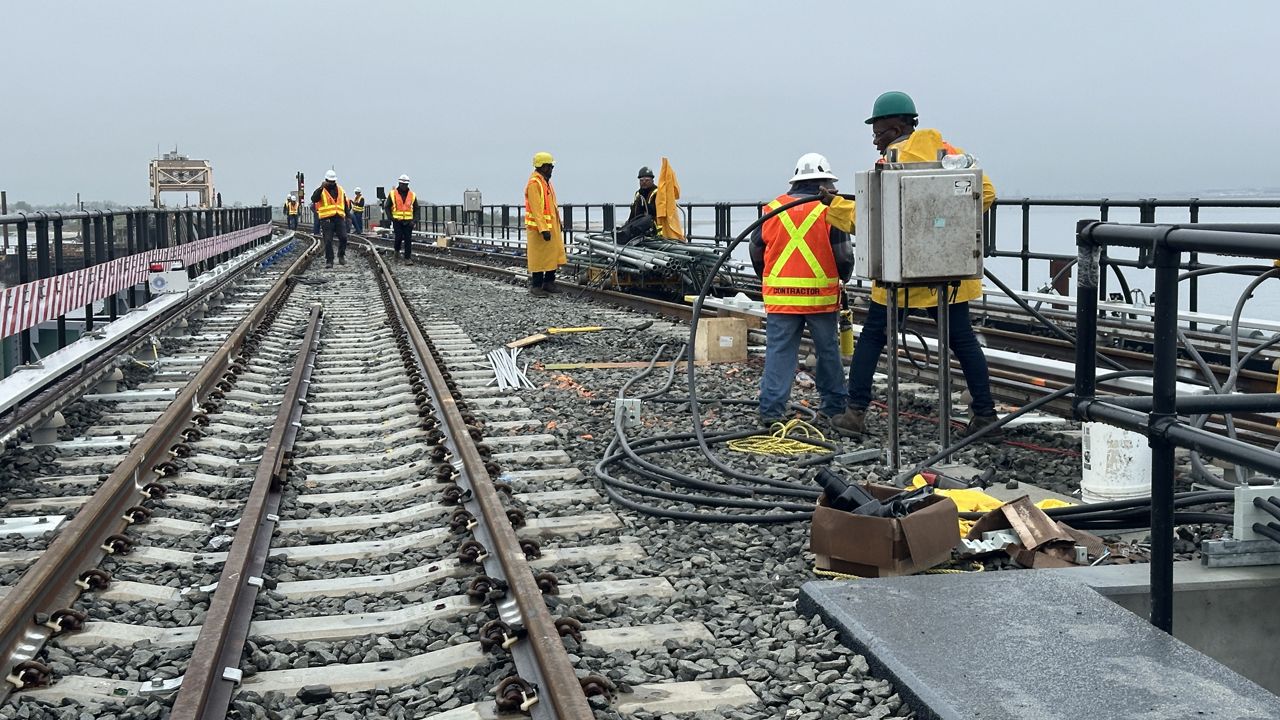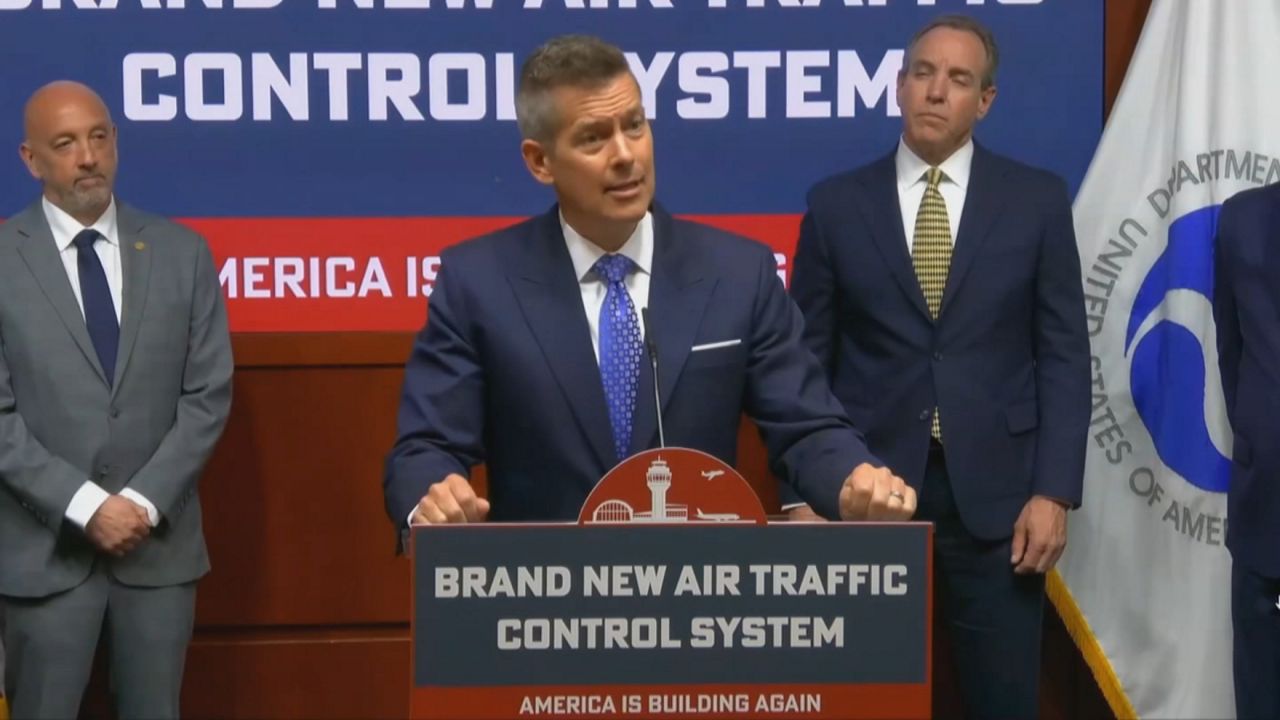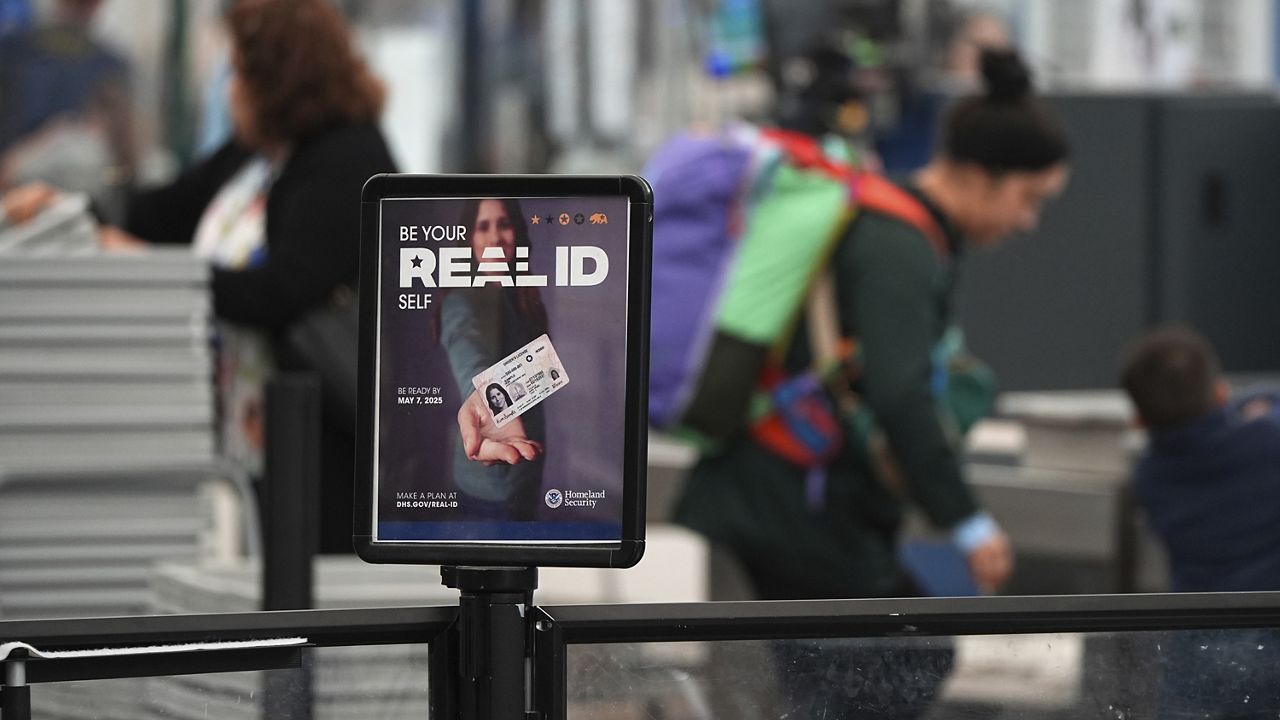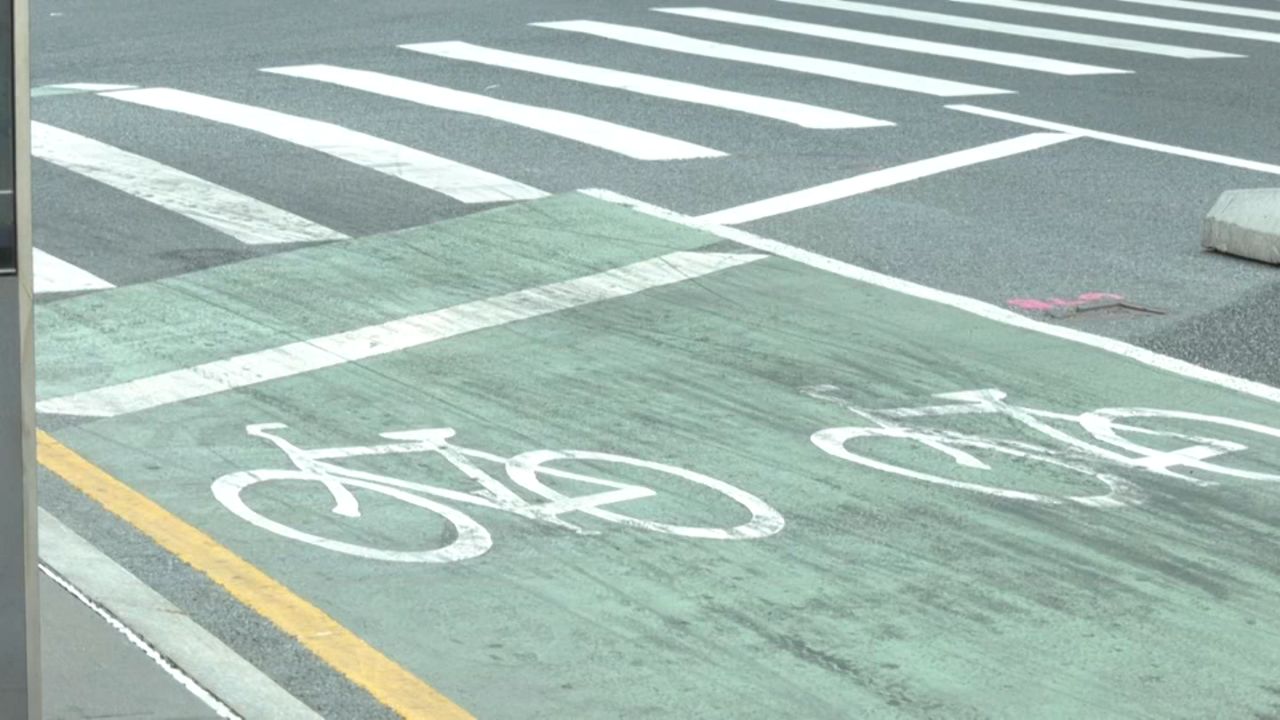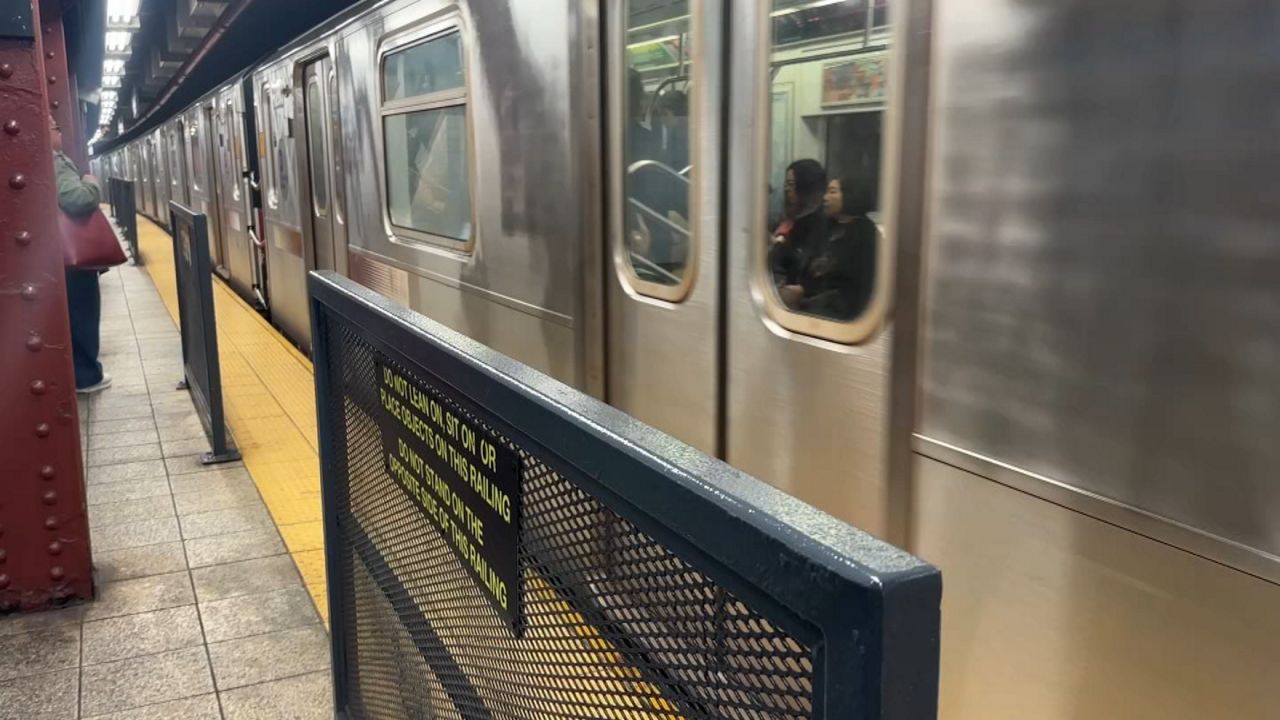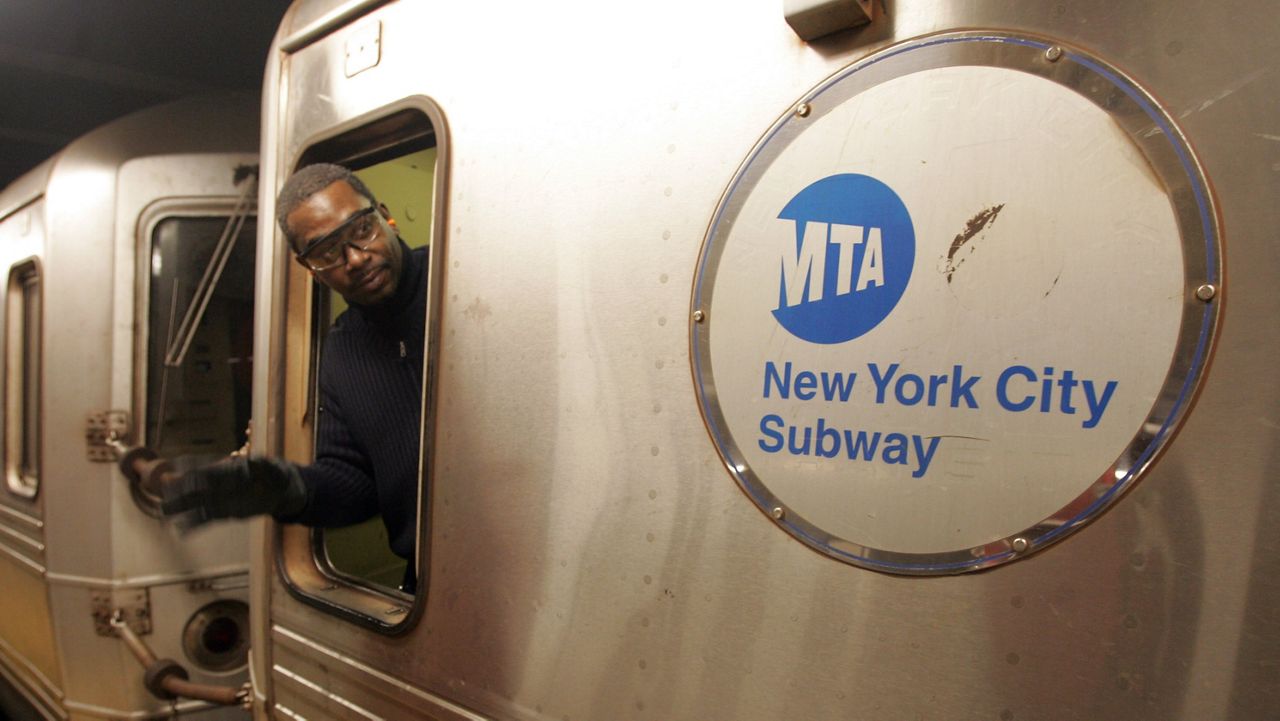Transportation officials hope New Yorkers will have increased mobility in 2025 and believe fewer cars from congestion pricing won't be the only reason.
“What you might see in the harbors and on the river are more barges coming through,” Deputy Mayor for Operations Meera Joshi said. “We have 200 piers that we own, and we're making significant investment in the Red Hook piers. Two hundred million dollars to get more barges, more ferry boats delivering packages that way to Brooklyn instead of via truck.”
From the piers, cargo bikes will deliver the last mile.
Joshi says two cargo bikes take away one box truck. They will also be used with the expansion of “microhubs.”
“They're really a place to unload for large trucks to bring them to the smaller cargo bikes and then finally you'll see a lot of what we call Locker NYCs,” Joshi said. “Places where individuals can pick up their packages instead of having them come directly to their home.”
Fewer trucks could mean safer streets. At least 120 pedestrians were struck and killed by vehicles in 2024, versus 103 in 2023, according to the NYPD.
Transportation Department Commissioner Ydanis Rodríguez says the city will continue street safety through redesigns and lowering the speed limit on some roads because of Sammy’s Law.
“Since red light cameras started as a pilot project, we were only allowed to have [a] red light camera in 150 locations,” Rodríguez said. “Well, starting in 2025, we will see red light cameras in more than 600 locations.”
That’s besides the 750 speed camera locations. There’s also good news for cyclists amid the explosion of biking in the city: more Citi Bikes.
“Once that expansion is done, it will be in be in the Bronx and in Brooklyn and Queens, 5.6 million will have really, really close access to Citi Bikes,” Joshi said.
The expansion includes more e-bikes. And with it, Rodríguez says more bike lanes are coming. But he admits the city is far behind on the mandated amount of new bus lanes it must build.
“Even though I didn’t build the number of bus lanes that I wish, we will continue working on our goal,” Rodríguez said.
In the meantime, the MTA is doing its part. By summer, riders in Queens should have a new bus network that will have special service from transit deserts.
“We call them rush routes, because in the morning commute, especially, people need to know they can get a bus that will get to a train station fast,” MTA Chair and CEO Janno Lieber said.
Lieber says below ground riders may see the MTA test new turnstiles.
“We're planning to install some as an experimental basis,” Lieber said. “We also, In the meantime, are talking to state fire code authorities about putting more delays on those exit gates so people won’t use them just to walk out of the system for no reason. Once you open the gate, people stream in.”
And, of course, there’s congestion pricing. Lieber hopes it fulfills its many missions.
“It’s better for the individuals who have to drive,” Lieber said. “And obviously it generates money for the MTA to invest in really important stuff like modern signals so we can run more trains safely closer together, new ADA stations, electric buses so we reduce pollution in the air.”
Lieber says while there are computer modeling predictions of what will happen, no one will know until the switch is flipped.
"We all just need to get started getting used to it," he said.
While there will be fewer cars, Rodríguez says there will also be less space for them as well.
The DOT plans to expand the number of open streets and remove more parking spaces at the corners of blocks to increase visibility in a process known as daylighting. This, despite a new City Council bill requiring the agency to notify the local council member when they repurpose curb space.






